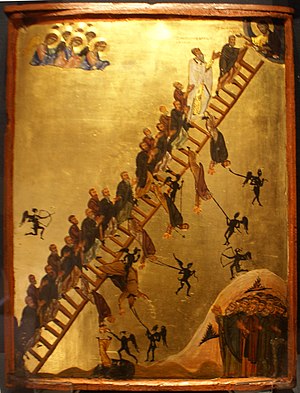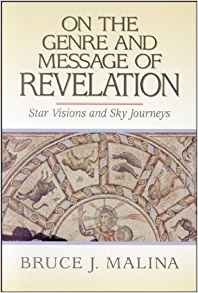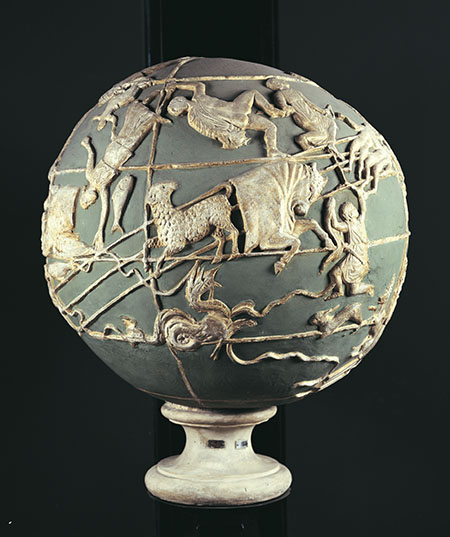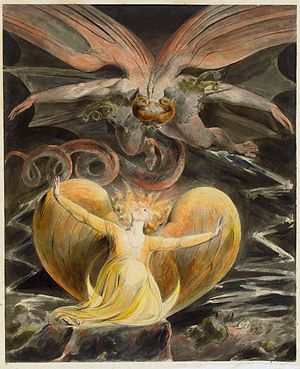As anyone who has read a good book on the theory of evolution will appreciate, the strength of the theory lies in its
- explanatory power, and
- predictive ability
Neil Shubin’s Your Inner Fish is one such book. Shubin explains simply and elegantly how evolution explains both the fossil record and genetic patterns across all species, and even how the same theory enables paleontologists to know where to look for certain kinds of fossils.
Let’s outline what a rough draft of these two tests might look like when applied to (a) the theory that Jesus was historical, and (2) the theory that he was a myth. Only have time to begin work on the first one this post.
I’m sure there is much more that could be said than I outline here, but a rough draft has to start somewhere.
Historical Jesus theory: Continue reading “The strengths of the historical Jesus theory”









 Continuing from the previous post, addressing McGrath’s
Continuing from the previous post, addressing McGrath’s